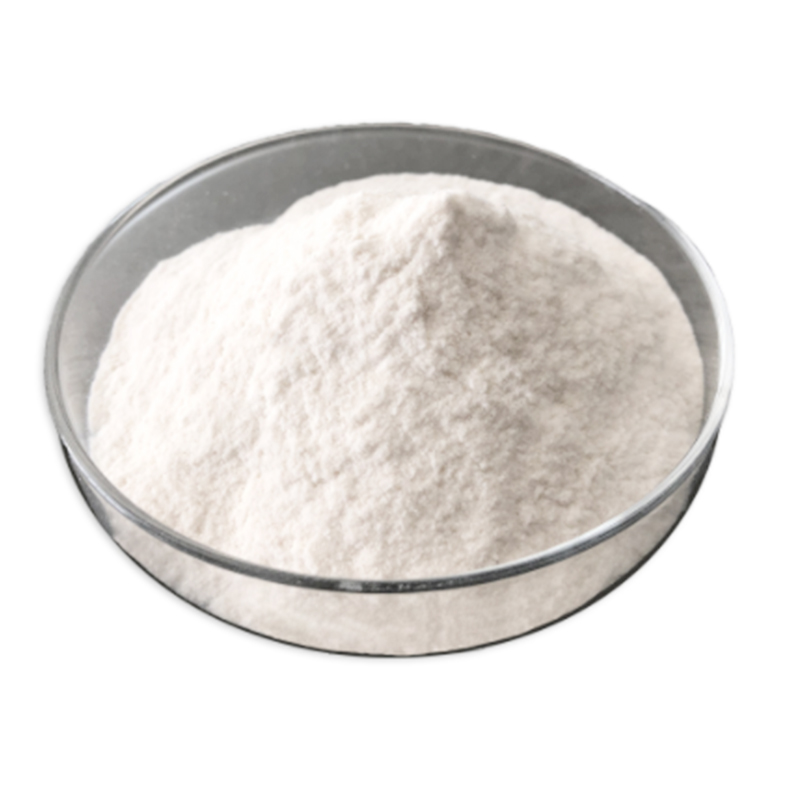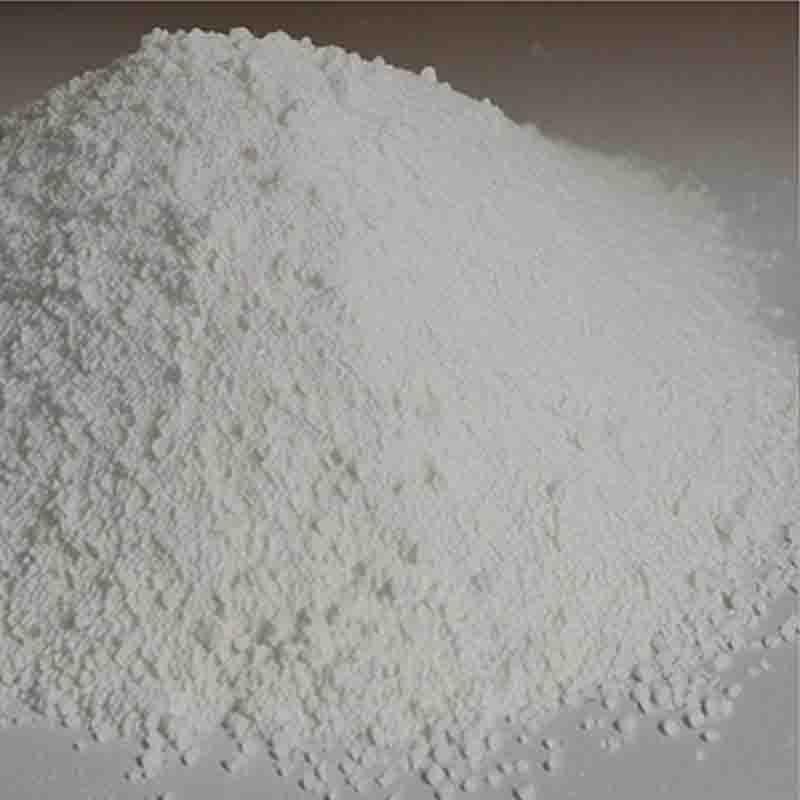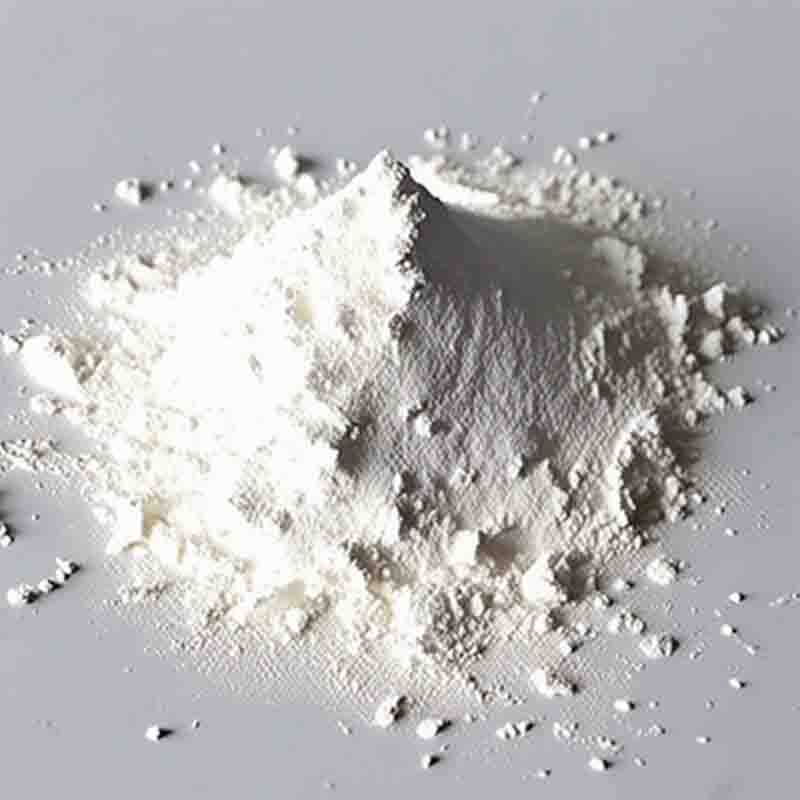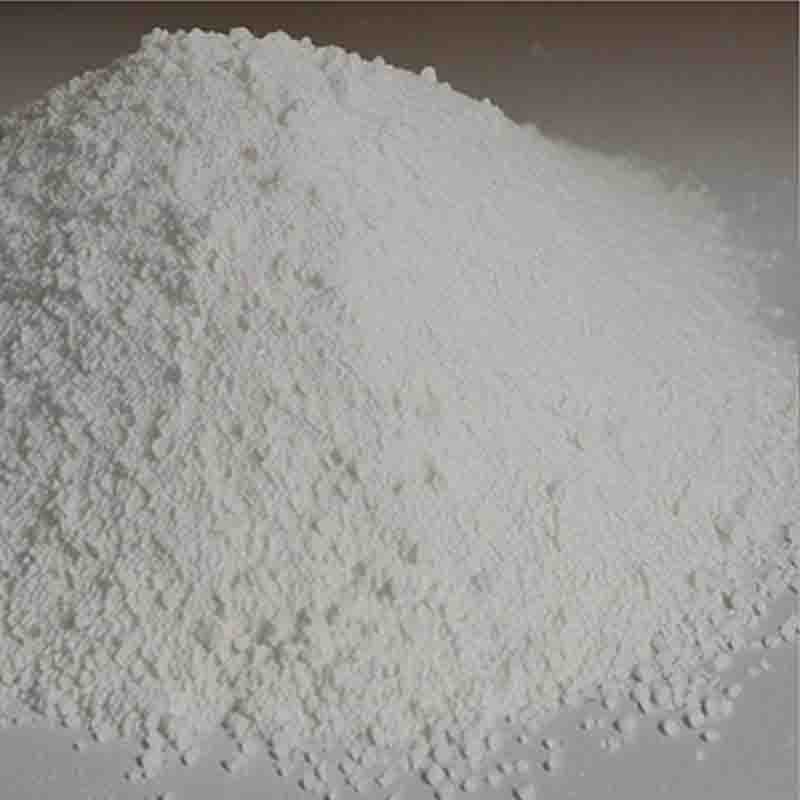(Z)-3-(3-(3,5-bis(trifluoroMethyl)phenyl)-1H-1,2,4-triazol-1-yl)acrylic acid CAS: 1388842-44-1
| Catalog Number | XD93725 |
| Product Name | (Z)-3-(3-(3,5-bis(trifluoroMethyl)phenyl)-1H-1,2,4-triazol-1-yl)acrylic acid |
| CAS | 1388842-44-1 |
| Molecular Formula | C13H7F6N3O2 |
| Molecular Weight | 351.2 |
| Storage Details | Ambient |
Product Specification
| Appearance | White powder |
| Assay | 99% min |
(Z)-3-(3-(3,5-bis(trifluoroMethyl)phenyl)-1H-1,2,4-triazol-1-yl)acrylic acid is a specific chemical compound with potential applications in medicinal chemistry and drug discovery. Its unique structure and properties make it a valuable compound for various research purposes and the development of new pharmaceutical agents.One potential use of (Z)-3-(3-(3,5-bis(trifluoroMethyl)phenyl)-1H-1,2,4-triazol-1-yl)acrylic acid is as an inhibitor or modulator of specific enzymes or proteins. Triazole derivatives have demonstrated promising activity against a variety of biological targets, including enzymes involved in disease pathways or biological processes. Researchers can investigate the potential of this compound to selectively bind and inhibit specific enzymes or proteins, leading to the development of new therapeutics for various diseases.Furthermore, (Z)-3-(3-(3,5-bis(trifluoroMethyl)phenyl)-1H-1,2,4-triazol-1-yl)acrylic acid may have antimicrobial properties. Triazole derivatives have shown efficacy against a broad spectrum of microbial pathogens, including bacteria, fungi, and protozoa. Researchers can explore the antimicrobial activity of this compound, potentially leading to the development of new antibiotics or antifungal agents to combat drug-resistant strains and emerging infectious diseases.Additionally, this compound may have applications in cancer research and chemotherapy. Triazole derivatives have exhibited anticancer properties by interfering with key signaling pathways or by inducing apoptosis (programmed cell death) in cancer cells. Scientists can evaluate (Z)-3-(3-(3,5-bis(trifluoroMethyl)phenyl)-1H-1,2,4-triazol-1-yl)acrylic acid's effectiveness in targeting specific cancer cell lines and elucidate its mechanism of action, paving the way for the development of novel anticancer drugs.Moreover, (Z)-3-(3-(3,5-bis(trifluoroMethyl)phenyl)-1H-1,2,4-triazol-1-yl)acrylic acid may have potential applications in the field of materials science. Triazole derivatives are known to possess unique electronic and optical properties, making them useful in the development of materials such as sensors, catalysts, or organic electronic devices. Researchers can explore the chemical and physical properties of this compound to determine its suitability for various materials-based applications.It is important to emphasize that further research and evaluation are necessary to fully explore the compound's pharmacological properties, toxicity profile, and potential applications. Additionally, rigorous safety protocols must be followed in handling and studying the compound due to its specific structural characteristics and potential hazards.In summary, (Z)-3-(3-(3,5-bis(trifluoroMethyl)phenyl)-1H-1,2,4-triazol-1-yl)acrylic acid holds potential in medicinal chemistry for enzyme or protein inhibition, antimicrobial activity, cancer research, and materials science. Further research is needed to evaluate its full potential as a therapeutic agent, understand its mechanism of action, and assess its safety and efficacy.









